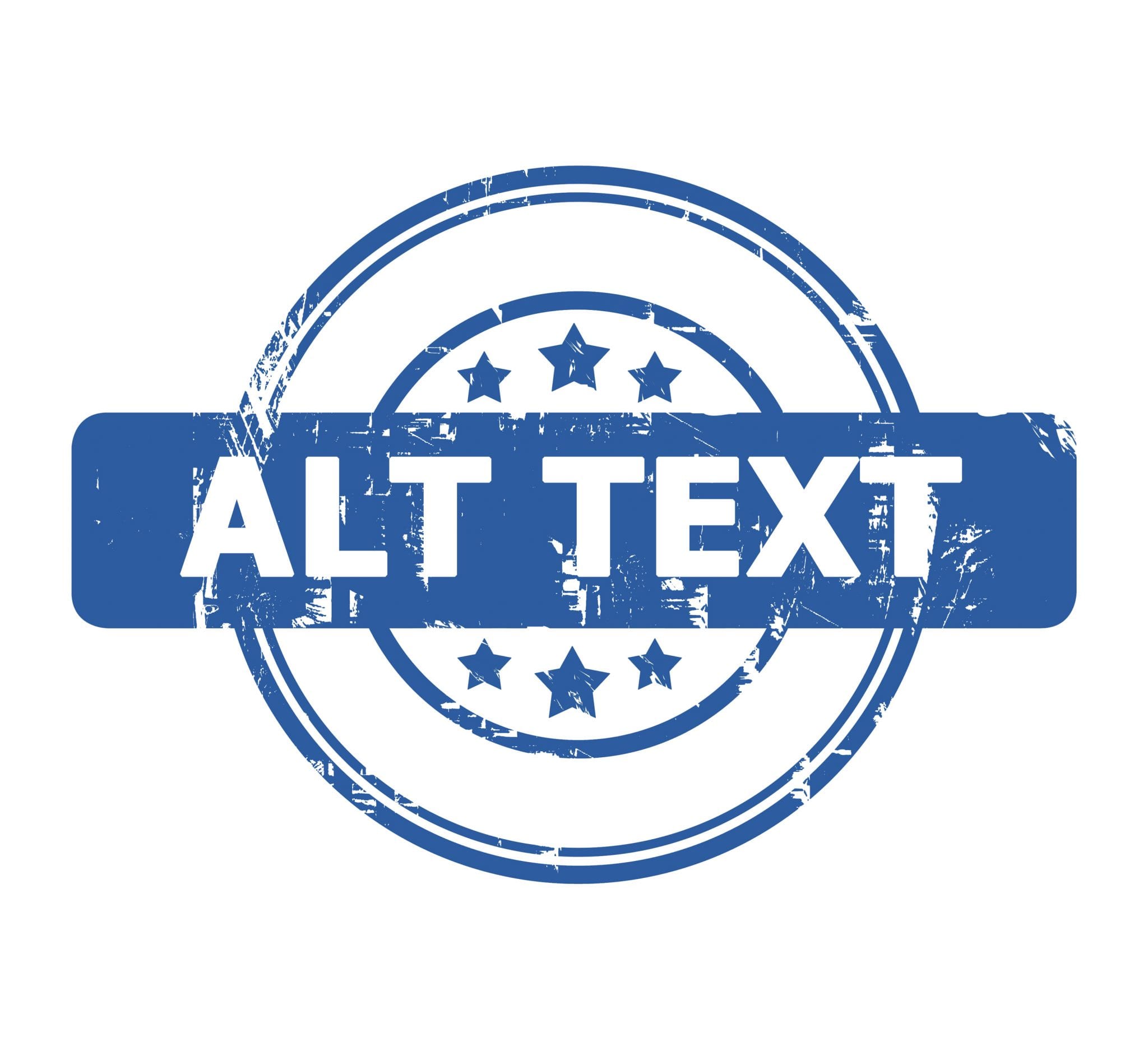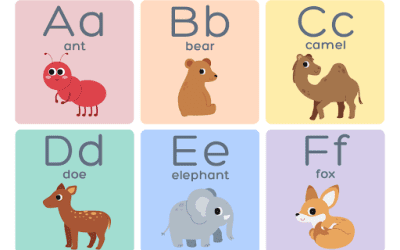1. Who is the alt-text for?
As you develop your process for adding alt-text to images, consider your audience. Alt-text is mostly for those who use screen readers due to some level of vision impairment. Others who might benefit from alt-text are those with slower internet connections that create a slower loading time for images. To develop the most effective alt-text process for your organization, take the time to define your alt-text audience. In the long run, this will help you tailor your approach and create consistent alt-text that reaches those individuals.
2. What images need alt-text?
It might seem like all images should have alt-text. However, it is usually adequate to focus on those images that are considered informative to your audience. Other images, such as those that are purely decorative, don’t require alt- text. As a website can often have numerous images, making this distinction can aid you in creating an alt-text process that is both efficient and effective.
Download our case study to learn more about how we supported a client’s large-scale alt-text project.
3. Who should write the alt-text?
This can be a challenging question to answer for many organizations. However, those tasked with writing alt-text should:
- Understand their alt-text audience
- Be familiar with writing alt-text descriptions that resonate with that audience
In some organizations, this may fall to members of the UX team, whereas in others it could rest with the content team. A hybrid approach that involves members from multiple teams may work best so that everyone is aware of the importance of great alt-text and how to achieve it. Given these points, it helps to remain aware of your team’s strengths so that those most capable are assigned to the task.
4. When should alt-text be added?
The addition of alt-text should be considered and planned for at the beginning of your digital development projects. Whether you are developing online training modules, computer-based courses, or websites, the inclusion of alt-text should always be taken into account. By making alt-text a primary consideration, you will be able to create an efficient workflow that will result in a valuable benefit for your audience members who depend on alt-text—a win–win for all involved.
Keep these questions in mind as you develop your organization’s alt-text process. They will help guide and inform your process development and enhance the implementation of alt-text usage in your digital products.




